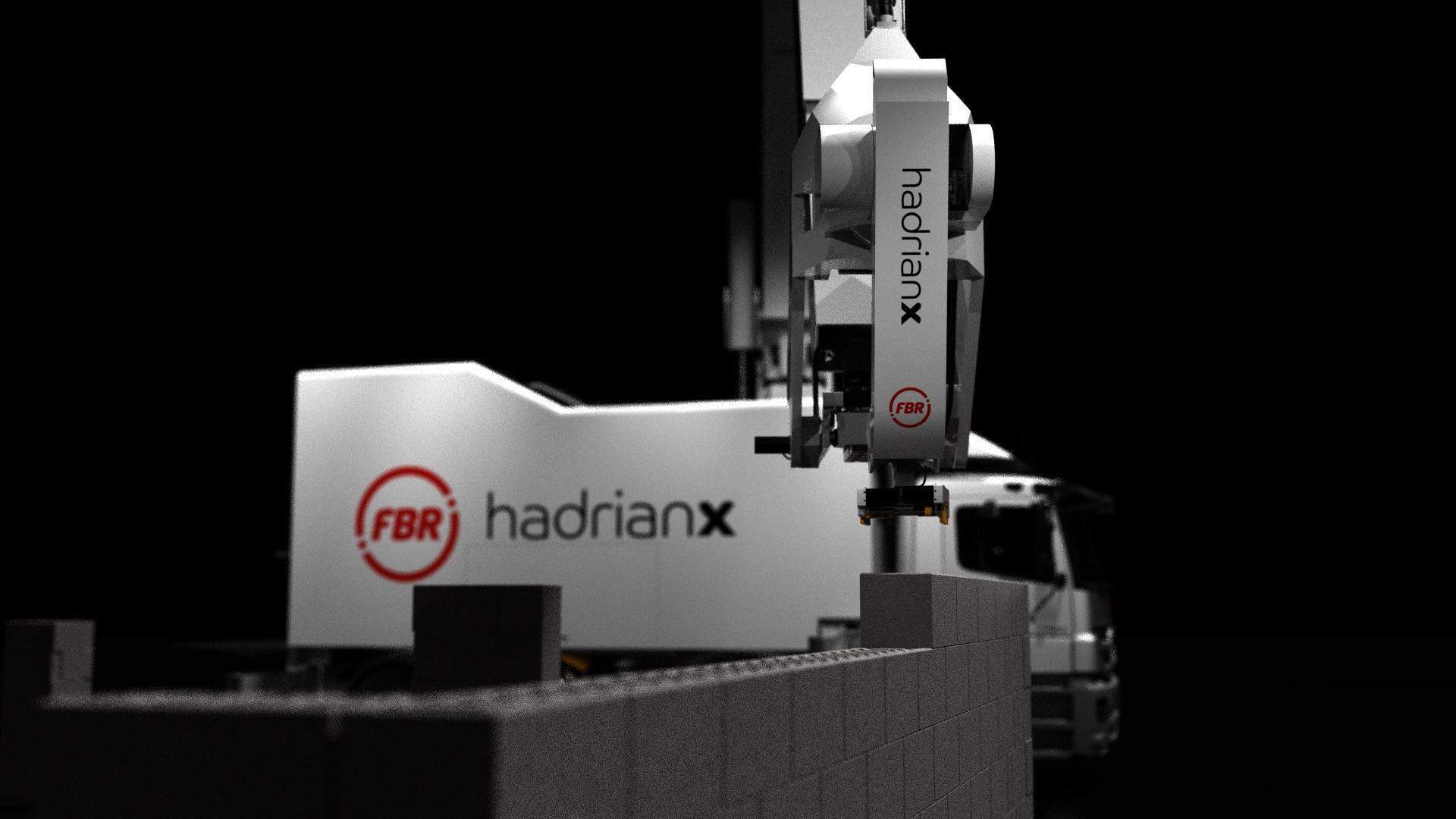
The construction industry is set for significant disruption with the introduction of brick-laying robots.
Fastbrick Robotics, a company based in Perth, Australia, has developed a construction robot that can now work with enough speed and accuracy to beat human counterparts. Dubbed Hadrian X, it is capable of building the shell of a residential house in just two days.
Its development has led Fastbrick chief technology officer Mark Pivac to say that widespread robot construction is a matter of “when, not if”.
“The Hadrian X will be the first construction robot that can deliver product – such as bricks and blocks – over long distances in uncontrolled environments with pinpoint accuracy,” said Pivac, in an interview with Verdict’s sister title Design & Build Review.
“This is all made possible by the underlying Dynamic Stabilisation Technology, or ‘DST’, which measures environmental factors and accounts for them in real time. This means that when we are delivering product such as blocks over a 30m boom, the laying head will place the block with sub-millimetre accuracy despite environmental factors like wind.”
Brick-laying robots: the latest step in architectural technology
The building design process has seen radical transformation over the last few decades. Computer-aided design has allowed the construction of increasingly radical shapes and forms, while parametric design has enabled architects to make changes to projects without having to manually alter every aspect of the structure.
How well do you really know your competitors?
Access the most comprehensive Company Profiles on the market, powered by GlobalData. Save hours of research. Gain competitive edge.

Thank you!
Your download email will arrive shortly
Not ready to buy yet? Download a free sample
We are confident about the unique quality of our Company Profiles. However, we want you to make the most beneficial decision for your business, so we offer a free sample that you can download by submitting the below form
By GlobalDataSimilarly, building information modeling (BIM) has integrated constructing and engineering data into projects, improving efficiencies and collaboration.
However, construction has remained surprisingly unchanged, which Pivac sees as the result of immature technology and a lack of enthusiasm from the industry.
“The robotic technologies that have been available either haven’t presented a true end-to-end automated solution, or they take an inordinate amount of time to set up, or have limitations in terms of materials or their ability to implement different designs,” he said.
“Secondly, there needs to be a willingness to adapt and change in the construction industry. Bricklaying is a great example of a process in the construction industry that has essentially stayed the same for the last 6,000 years.”
Making robotic construction a reality
While it is not clear when brick-laying robots will become a common sight on building sites, Pivac is clear that it is only a matter of time.
“Technology is always improving, so deeper integration of robotics in construction projects is a matter of when, not if,” he said.
“When the Hadrian X programme was initiated in the early 2000s, computer processing power was a fraction of what it is now. Digital definition of design and management of the value creation chain is also a big factor.
“The commercial construction industry has already seen positive introduction of BIM and Hadrian X will facilitate the introduction of a more complete digital process to residential building and push commercial building to even higher levels of data integrity and completeness.”





